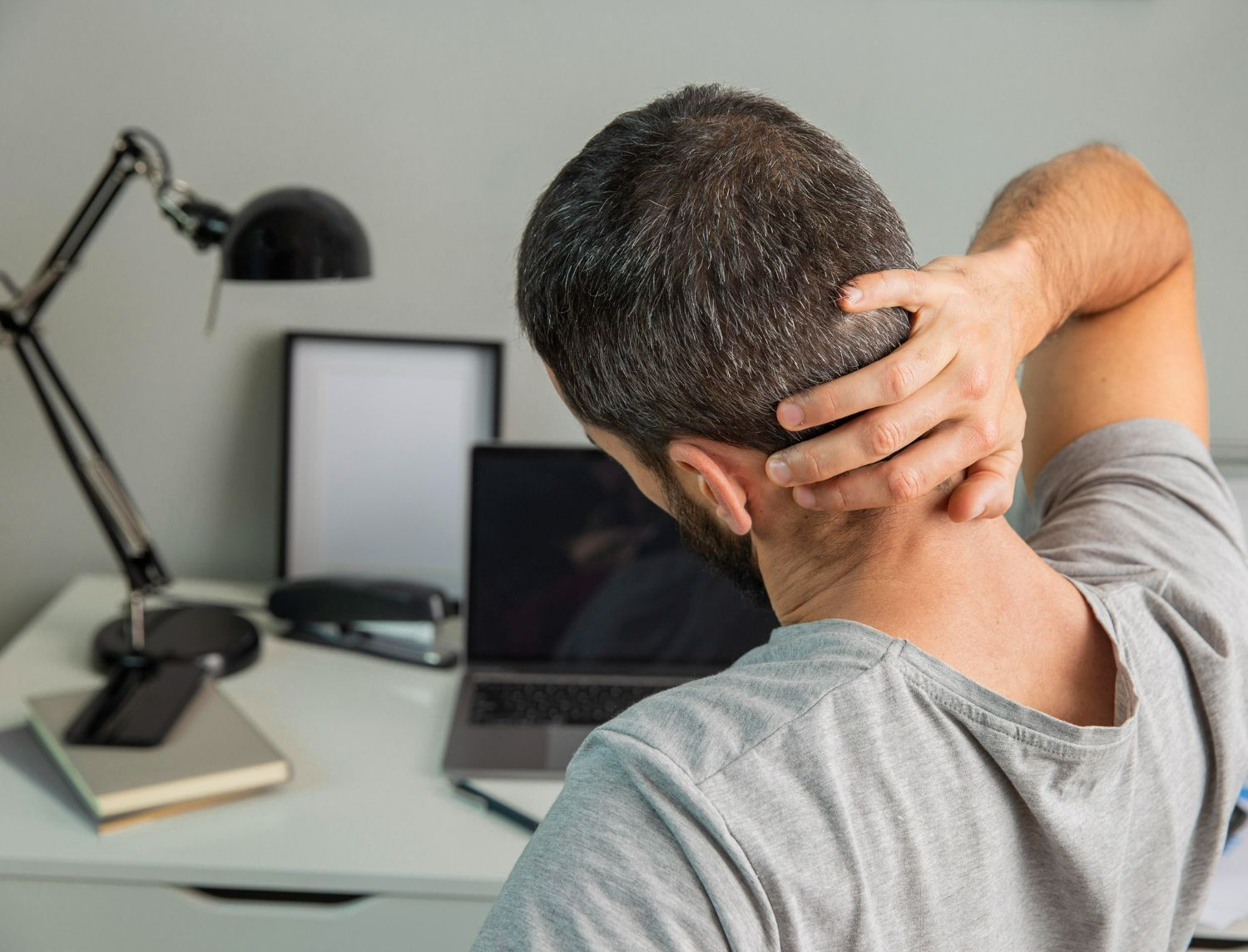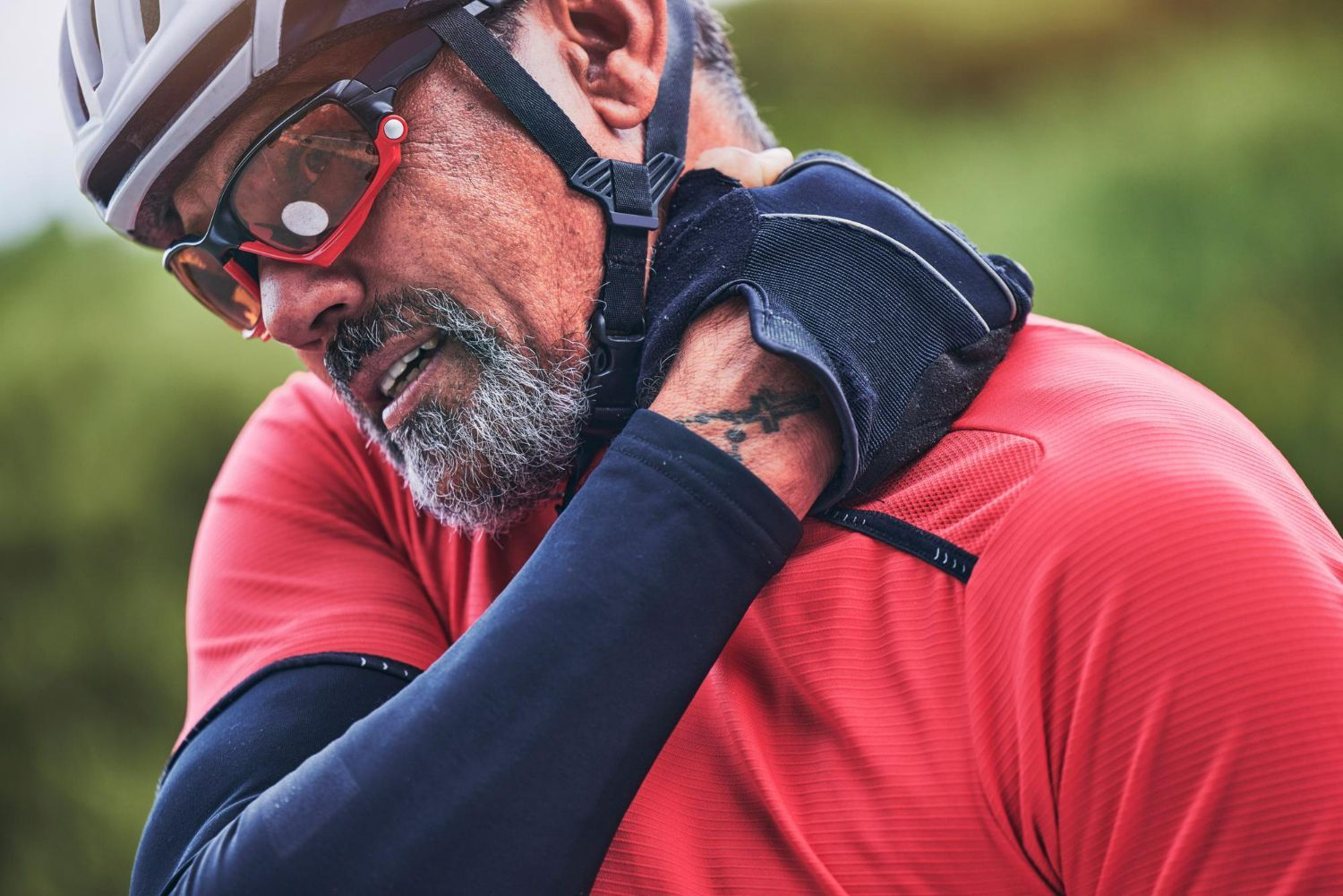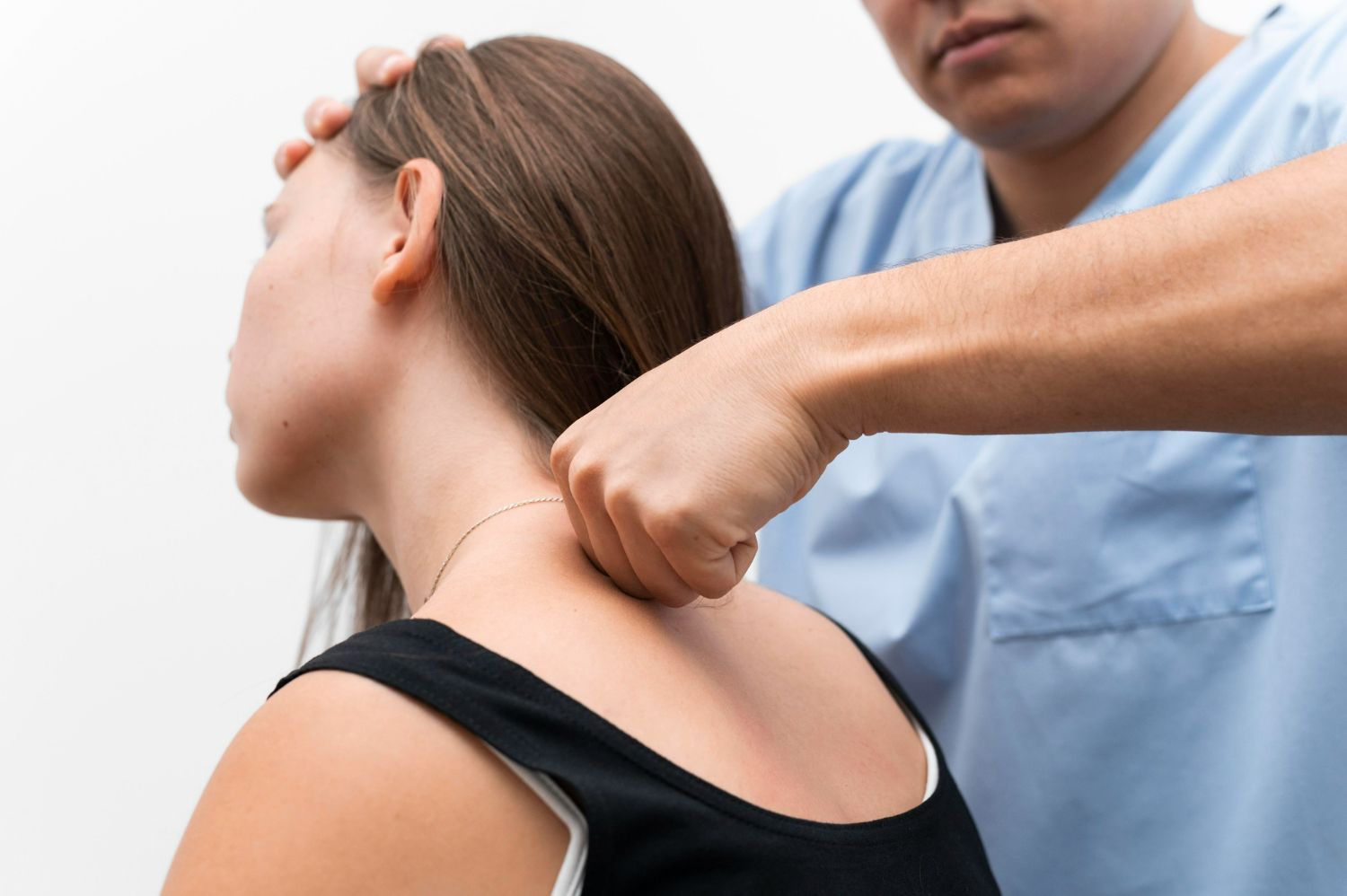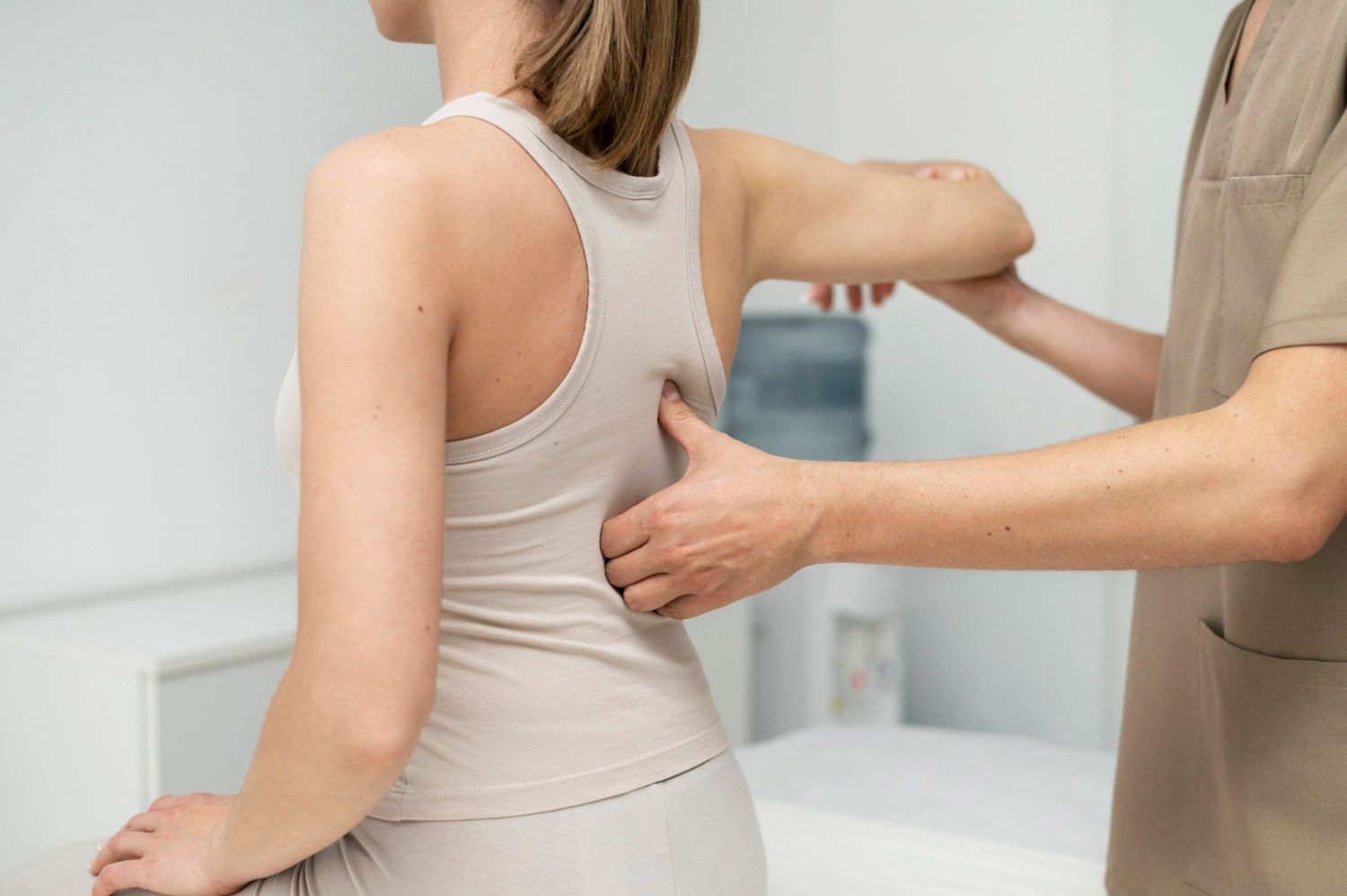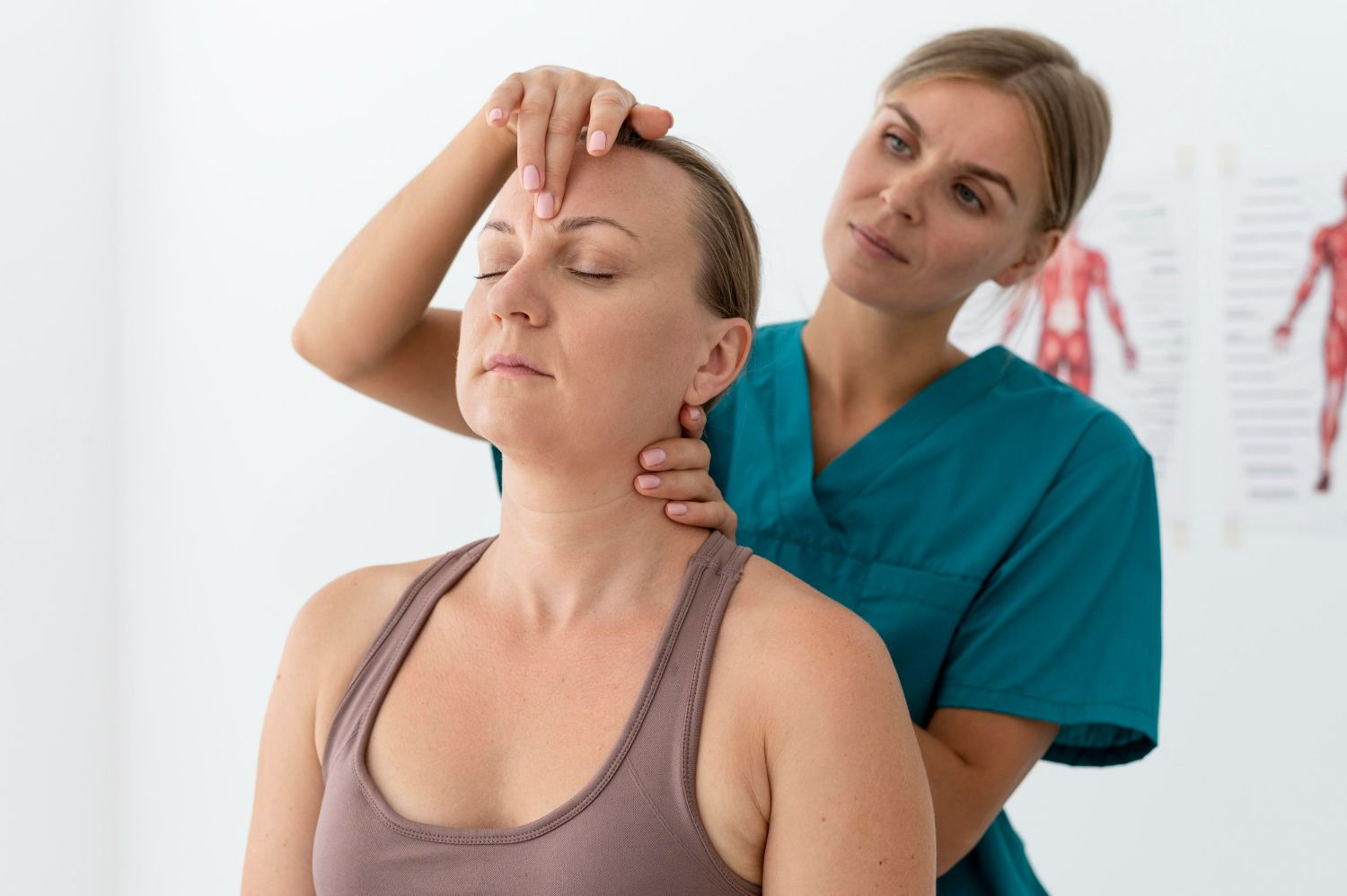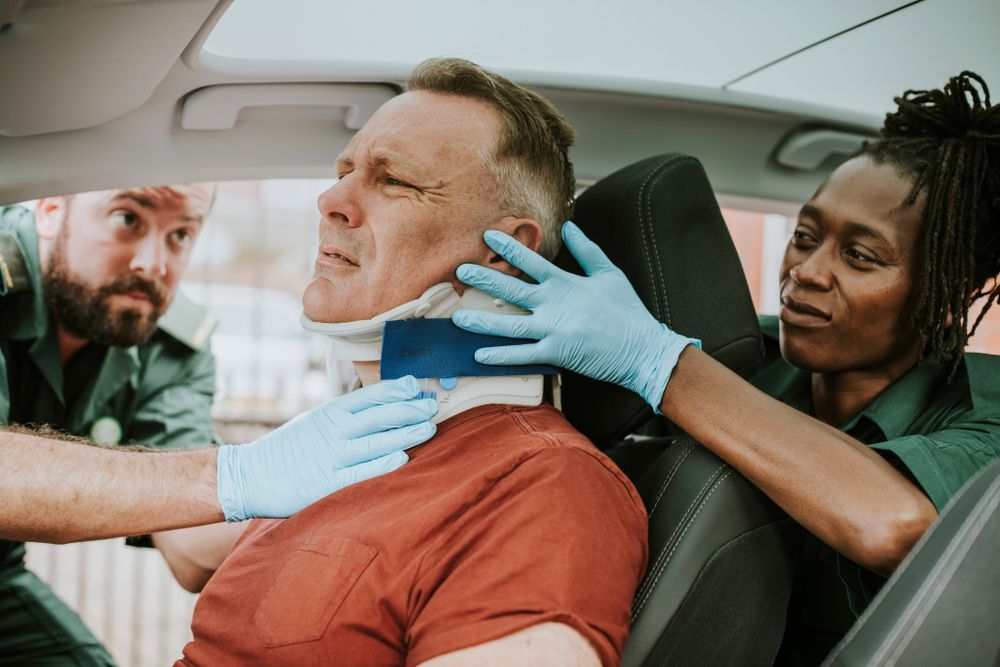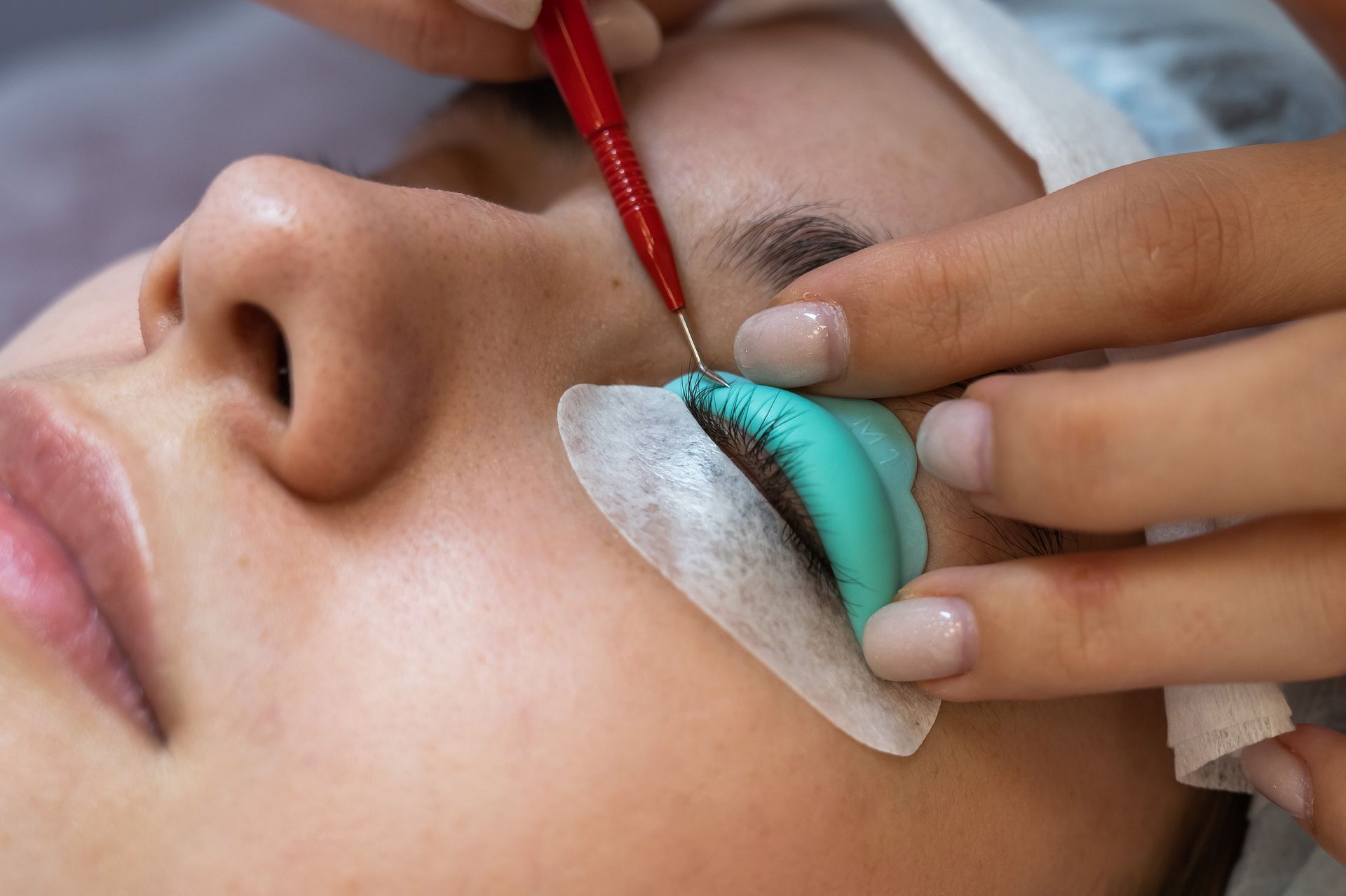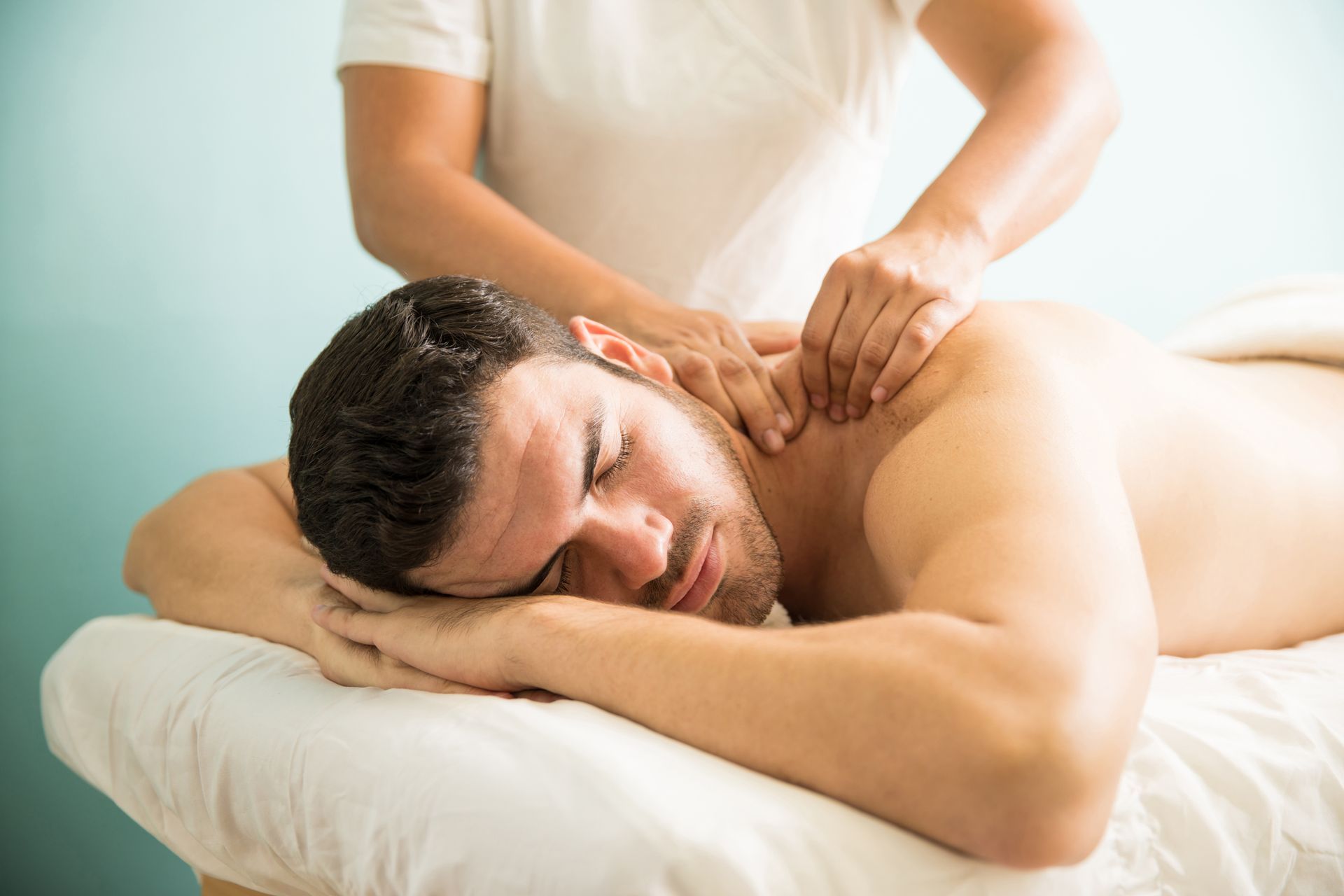Why Does My Neck Hurt?
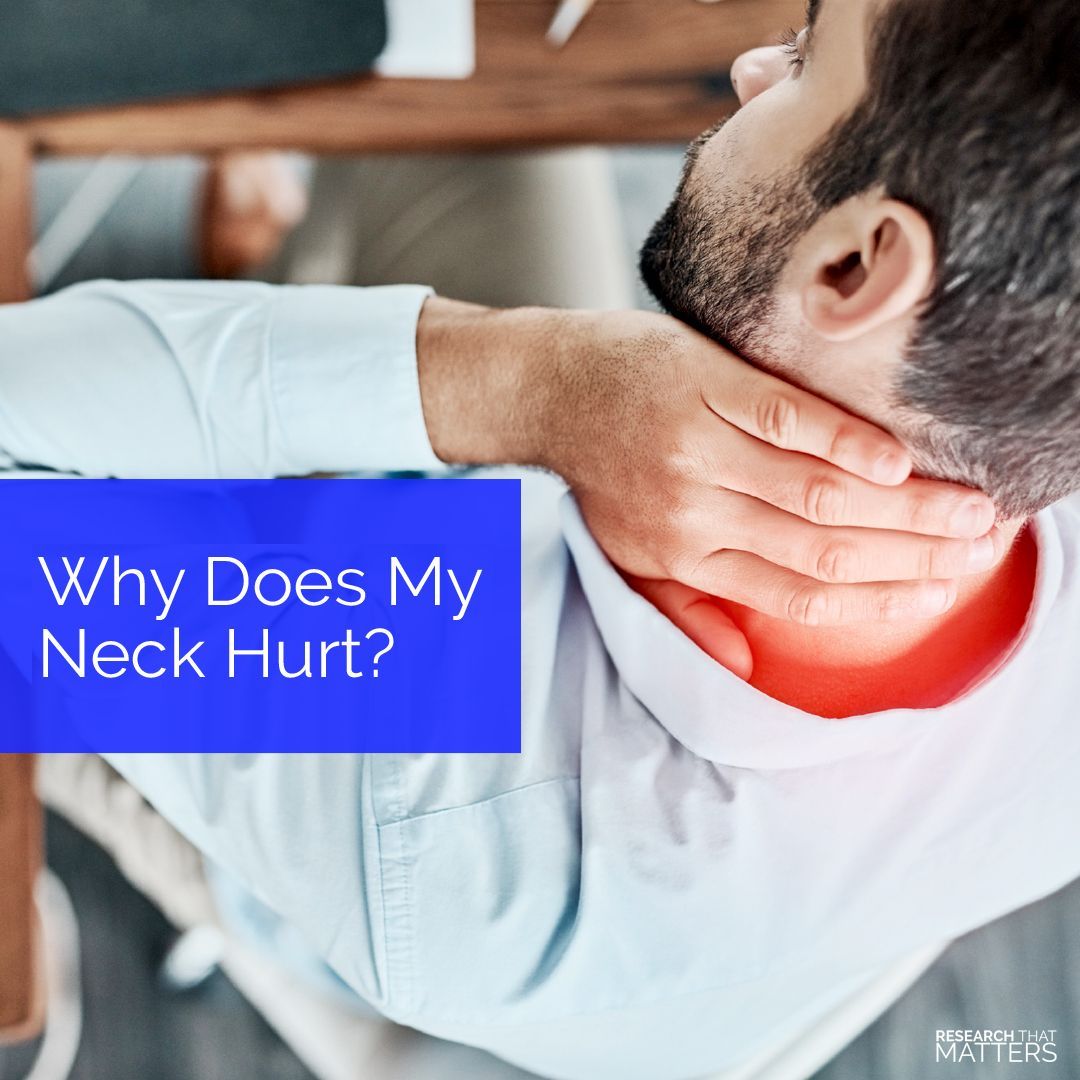
Bottom Line:
Your neck has a tough job. It has to hold up the weight of your head every day... for a lifetime. Holding up 11 pounds may not seem like a lot, but those 7 bones and 25 or so muscles in your neck need to work together correctly for you to move your head around free of pain.
Postural changes, sudden injuries, and arthritis are just a few of the primary causes of neck pain.
Most of the time, your pain can be traced to a problem with either the muscles, bones, discs, or nerves in your neck.
Why it Matters:
If you've ever had a stiff neck and couldn't turn your head to either side for a day or two, you know how impactful neck pain can be. The sharp muscle spasms that restrict your ability to move often result from your body trying to protect a joint that isn't moving correctly.
Let’s look at the anatomy.
Almost every bone in your neck has a pair of sliding joints towards the back called facet joints. If an adhesion forms or the joint is stuck, your body will try to compensate for a little while. However, over time, this compensation can cause a cascade of additional challenges.
To recap…
- Sudden injuries, arthritis, and postural issues can all contribute to neck pain.
- The facet joints of your neck can become stuck and cause muscles spasms and pain.
- Gentle spinal adjustments combined with daily stretching can help restore the motion of your facet joints and reduce pain.
Next Steps:
A stiff neck is your body's way of saying "pay attention inside now"! Even if the pain eases up at the end of the day, it's a smart idea to reach out to a chiropractor. Movement assessments are a just one part of our physical examination, and they provide us with important information about your body and what may be causing your pain. Remember, by taking a proactive approach to your health today, you may be able to prevent future episodes of neck pain and stiffness.
Science Source(s):
The Cervical Spine Before, During and After Manipulation. The Spine Journal. 2018.

